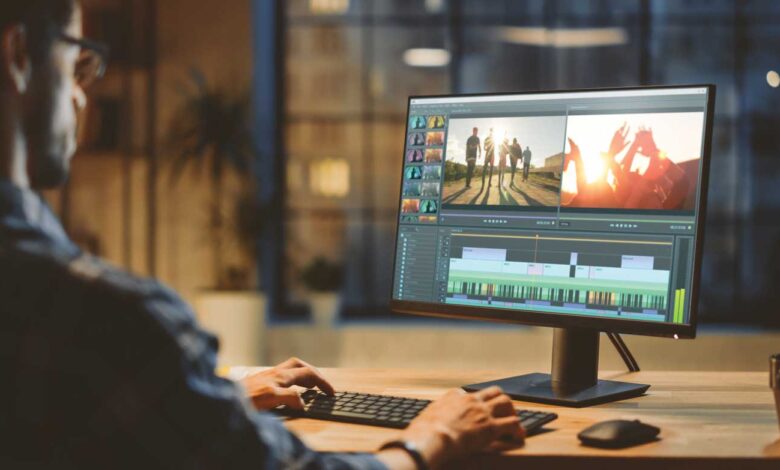Three Simple Types About Video Editing You Need To Know

Editing is the most thrilling and rewarding part of making a short film or video. It is where a story comes together. The decisions you make regarding which shots to use, how you put them together, the video transitions, and how you use sound make a big difference to your video.
The 21st century has witnessed an outburst of technology and platforms that have made it easier to create and distribute videos. However, with numerous video content out there, you must learn at least some basics of film editing, so here are some steps for beginners that will help make your video stand out.
With a mastery of these edits and an understanding of why each is necessary under different circumstances, you can enhance your video projects and make your editing more effective. In addition, you can create a whole new editing style of your own that can reflect your creativity. But first, you will have to learn them, so here are three types of cuts you should know.
Linear editing
Linear or timeline editing means working with the horizontal time axis, often reducing the overall length. Linear editing makes a video more digestible, palatable, and short. It is not uncommon to deal with videos of the highest quality, so removing the flagrant errors is a minimum, and making an engaging short video is the highest ideal.
The higher the budget, the more time you can take, the better the image, the higher the quality, and a better storyline. We often talk about re-editing an amateur film, but embarking on a professional short or feature film or music video and editing with a music video editor is entirely different from this. Of course, you can reshoot scenes when a movie is shot specifically for a montage. But editing is another ball game when it’s shot one time.
Non-linear video editing
One does non-linear video editing using computers and special editing software called NLEs (Non-Linear Editor), which has become the standard form of editing nowadays.
This process begins by copying raw video footage into a computer. You then open up this footage in an editing program such as a video edit app.
The editor has complete control over the editing process. For example, they can create a new video file with different scenes, arrange them in any order they want, and insert and delete them if necessary.
Once you complete this editing process with a video editor no watermark, you can now copy the new video clip on a CD or USB memory stick. You can also upload it online.
Non-linear video editing is very popular and used by many companies to create brand new video footage quickly and easily.
Simple cutting
The film is usually more valuable as it’s older and less, although the filming quality may not be so good. So the first objective is to cut out the joins between the reels, generally every three and a half minutes, and then probably to do some color correction.




